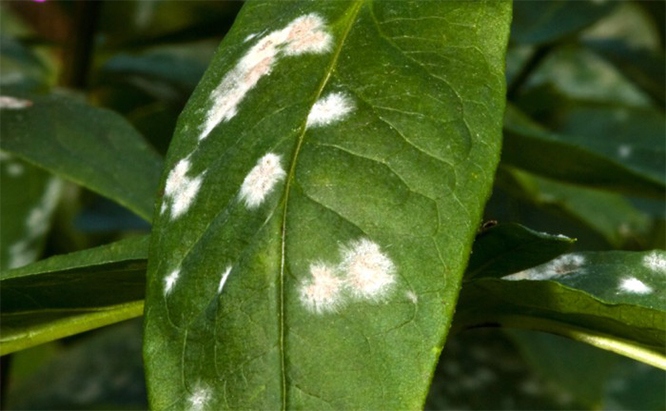
Powdery mildew is a relatively common fungus that many plants can contract. If you find powdery mildew on your plants, it’s not necessarily fatal, but you don’t want it hanging around. Fortunately, there are many options for powdery mildew treatment.
Powdery mildew thrives in conditions opposite those where you would find ordinary mildew. Instead of liking wet and damp conditions, powdery mildew actually prefers warm and dry environments. When it shows up, it’s often first thought to be dust or dirt and can be swept away with your finger – then it returns. It appears as light white or gray spots on the tops and bottoms of the leaves, stems, new growth, flowers and even fruit or vegetables.
Powdery mildew forms when plant foliage is dry, lighting is low, temperatures are moderate and there is high humidity. Ideal conditions for powdery mildew growth is often during the late spring or early summer when evenings are still cool and somewhat humid, but the days are beginning to get warm.
In many cases, powdery mildew is not fatal to the plant; instead, it’s more of an aesthetic issue. However, if left untreated, powdery mildew can leech nutrients from the plant, eventually causing leaves to wither and yellow. This can make blooms unsightly and leave vegetables and fruits particularly vulnerable to sunburn. Powdery mildew can eventually reduce the plant’s producing capacity and affect the flavors of fruits and vegetables.